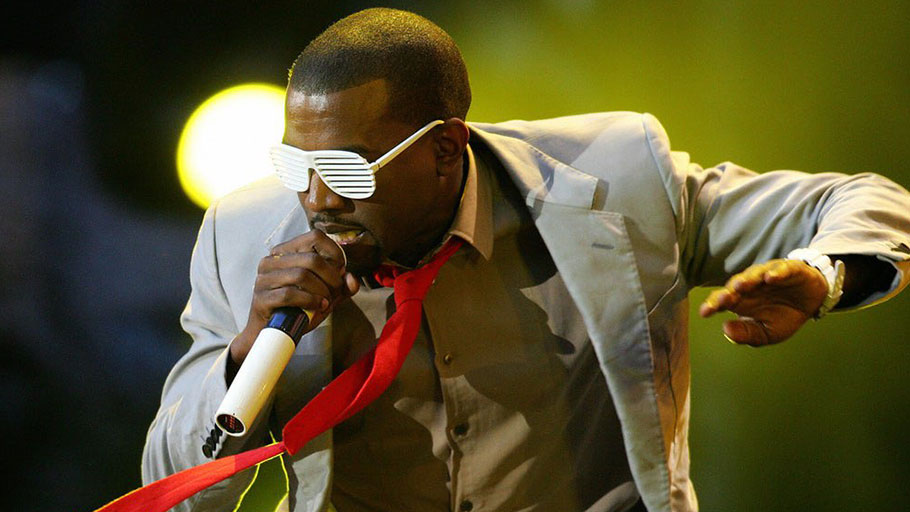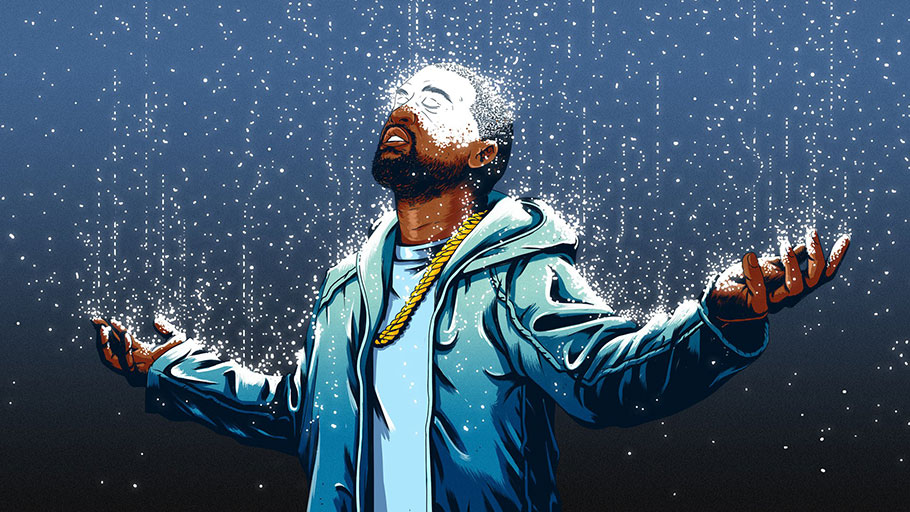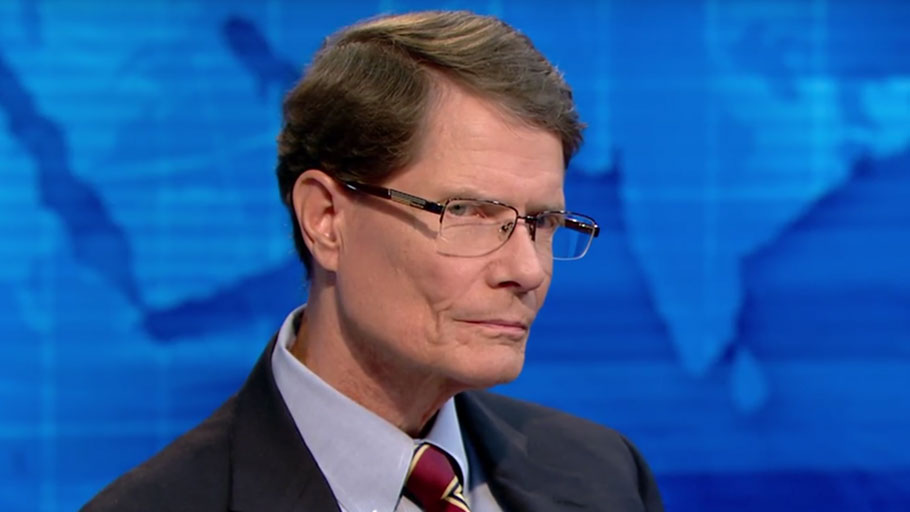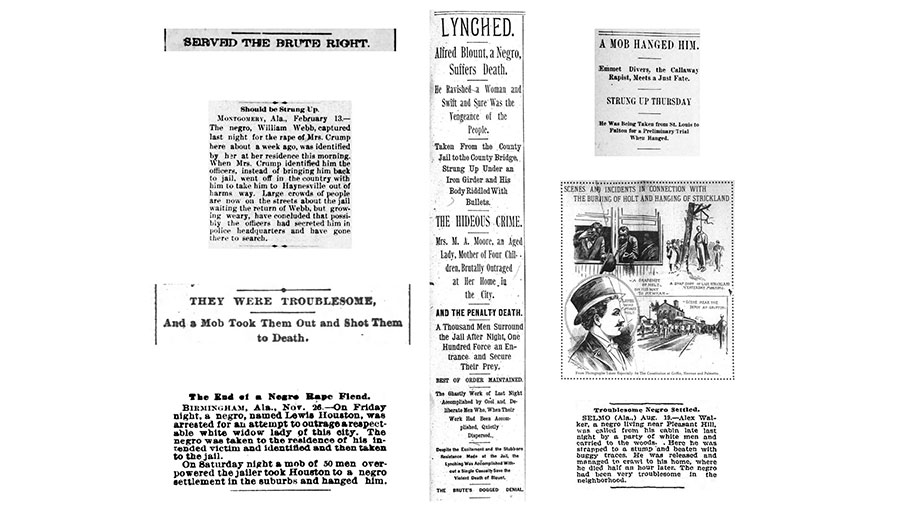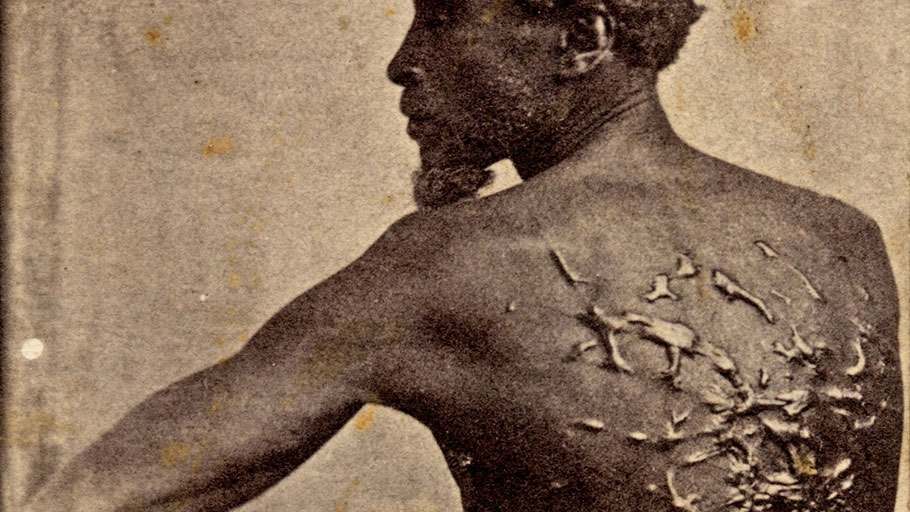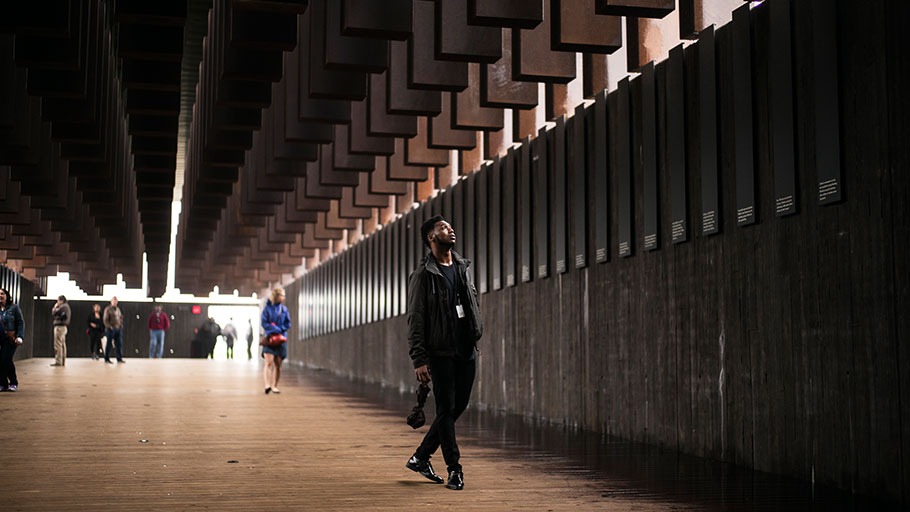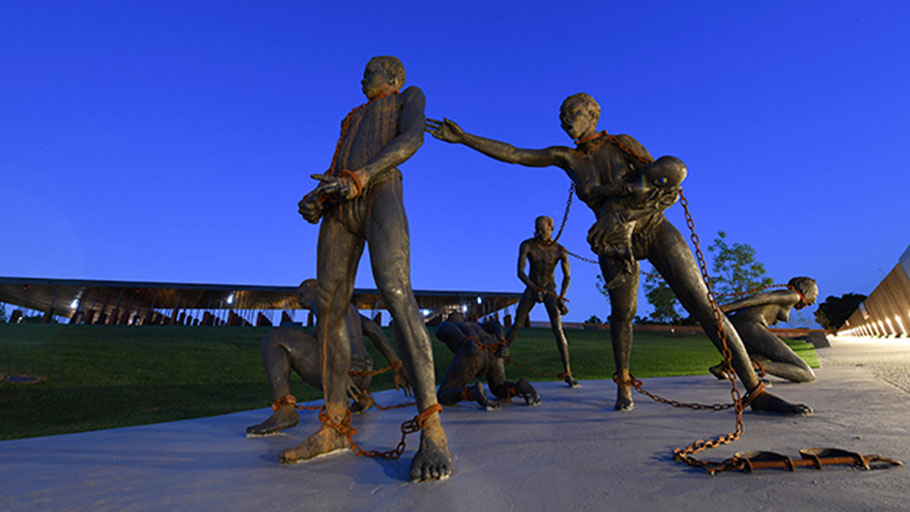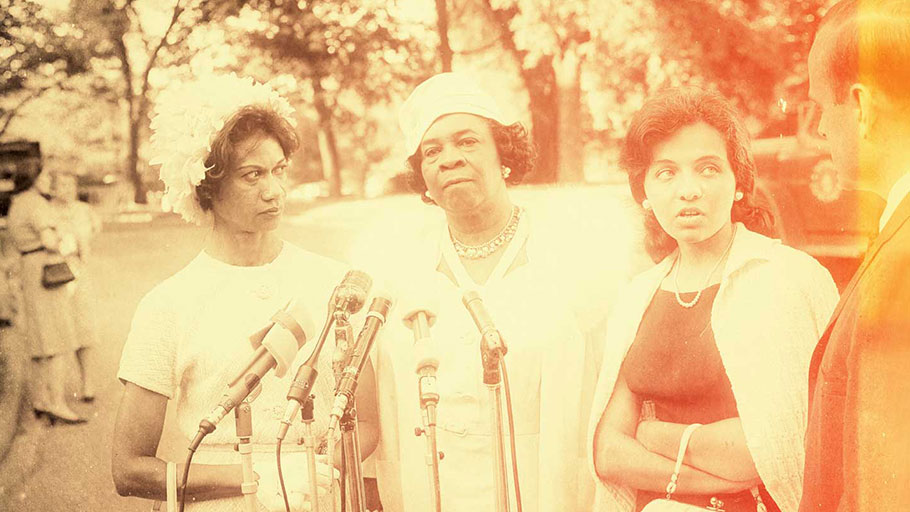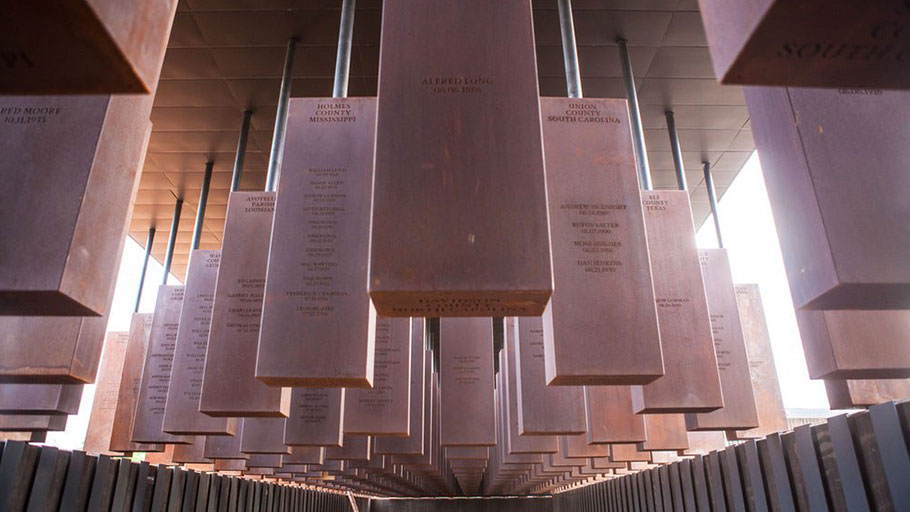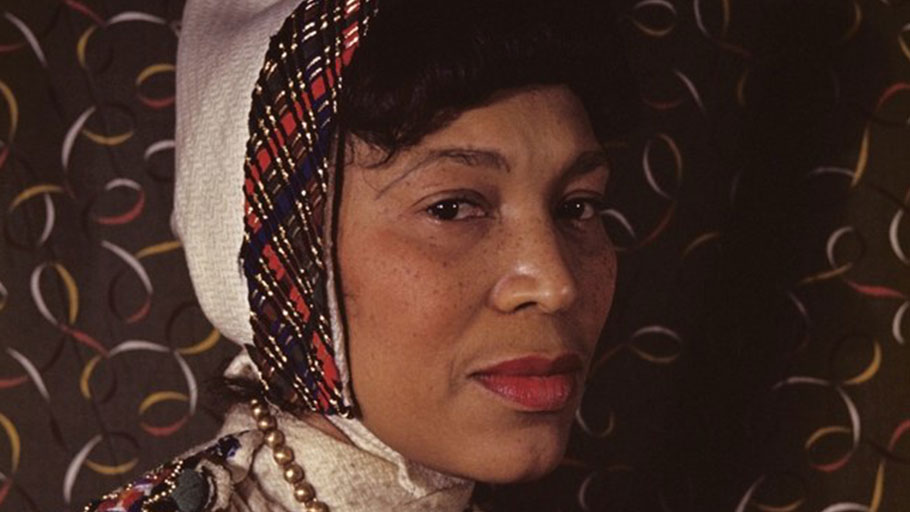
Hurston spent years turning an account of the transatlantic slave trade into a book. Then the manuscript languished for nearly nine decades. By Casey N. Cep — Captain William Foster left Mobile in secret and returned the same way. On July 8, 1860, he dropped anchor in the waters off the coast of Mississippi, hid his cargo below deck, slipped ashore, and travelled overland to fetch a tugboat from Alabama.…

